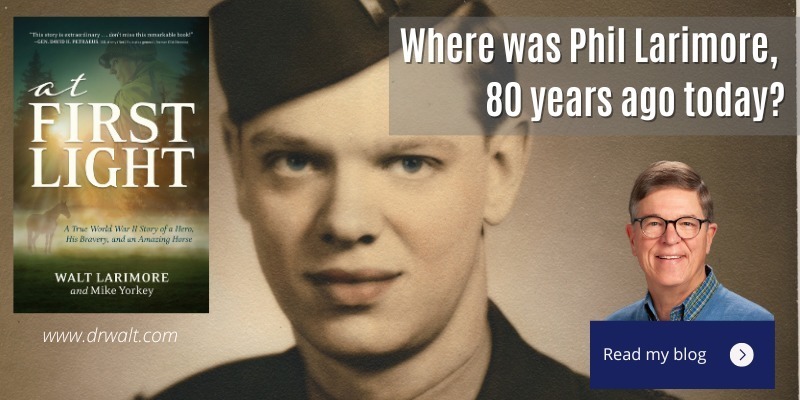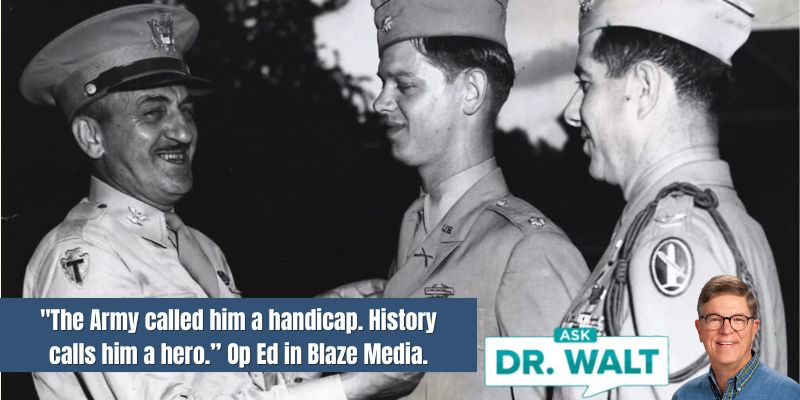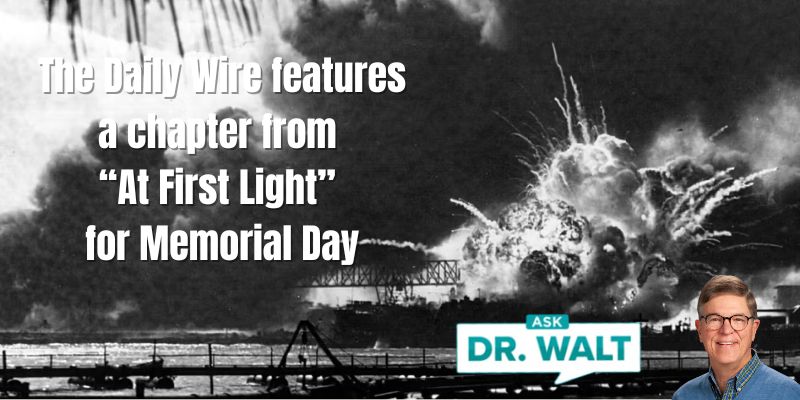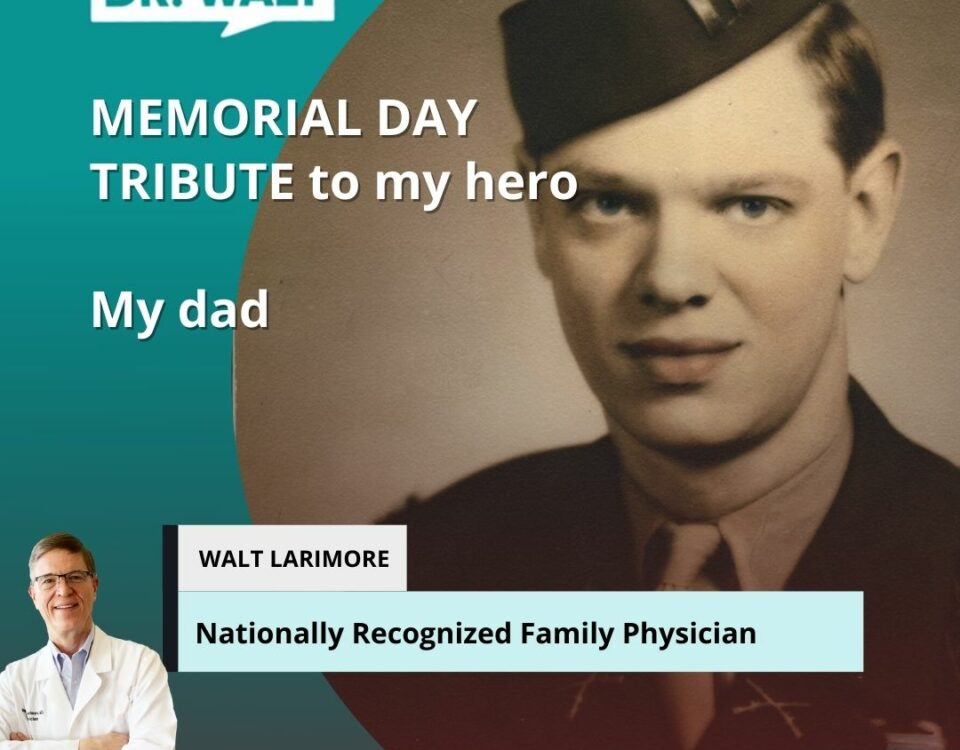
List of my December WWII Blogs on “Where were my Dad and his men 80 years ago today?”
January 9, 2025
January 10, 1945 — It was even more hellacious for the German fools broadcasting treasonous propaganda
January 10, 2025Beginning on January 8-9, 1944, Phil’s 30th Infantry staged two attacks, the purpose being to divert the enemy’s attention from the fact that a French division was replaced in another sector of the perimeter surrounding the enemy’s Colmar bridgehead.[1] The 30th was selected for this mission as a result of its demonstrated proficiency in limited-scale attacks on the Anzio beachhead.[2] It was hellacious winter fighting at its worst.

The diversionary attacks were preceded by massive fires, including a fifteen-minute preparation by one artillery battalion at 1415 hours and two TOT concentrations at H-hour, 1430, and H plus 15 at 1445 hours.[1] (The companies) had succeeded in creating the diversion that was its mission.[2]
~~~~~
The next few days featured the normal fire fights that come with vigorous patrolling and in addition some of the bitterest give-and-take small engagements the 3rd Infantry Division ever had encountered. Frequent efforts we’re made by the enemy to infiltrate our positions to obtain information concerning the shifts that were being made in the front lines of the 3rd Division.
The nights were moonless and bitterly cold; the days chilly and misty and both forces were using houses scattered throughout the area in “no-man’s-land” as outposts. The Division Operations Report rarely failed to record an account of an attack on one or more of them, either by our patrols or by the enemy.[1]
~~~~~
One of Phil’s men, Sergeant Murray Soskil, wrote:
We were once again moving forward at a brisk pace. Although they were upright and walking, most of the men were practically sound asleep. Exhaustion had taken a dreadful toll on us. Our soldiers were simply going through the motions. Some collapsed, falling to the side of the road. If they had not been picked up, they would have died of exposure. Many had reached their physical and mental limits.
Losses were mounting steadily and it wasn’t only from enemy fire. Many men were suffering from combat fatigue. They refused to fight and many fled. Others got out of front-line duty by throwing away false teeth since a man couldn’t fight if he couldn’t eat. Some exposed their feet to the winter weather to get trench foot. Others shot off their toes to get out of the battle.
Our feeling of hopelessness cannot be described. We were fighting without promise of either reward or relief. Behind every river there was always another hill—and behind that hill was another river. After weeks or months in the line, only being wounded offered a weary soldier the comfort of safety, shelter, and a bed. We all knew, however, that sooner or later, unless victory came, our journey would end on the medical litter or in the grave.[3]
~~~~~
John Colby recounted:
They were exhausted, completely drained even before they jumped off. Practically every one of the men had a bad cold and runny nose to add to the misery (pneumonia sent many back to the hospitals[4])—and they were jumping off into conditions that would’ve taxed them to the breaking point at their peak physical condition.
The snow was a foot and more deep, frozen on top, slippery, noisy. To advance, a man had to flounder through the snow … Visibility on the ground was limited to a few meters.
An attacker had little contact with the men on his left and right, and he could not see a machine-gun position for a foxhole until he was almost on top of it.
There were no roads, houses, or landmarks. Squads on the attack had to move on compass bearings until they bumped into somebody, friend or enemy.
Attacking along the roads was near impossible, because they were iced-coated on top, with black ice under the snow. German 88s were zeroed in on the roads, which were also mined.
But attacking through the cleared grazing fields was equally daunting. There was no concealment and many of the GIs had no camouflage of any kind.[5]
~~~~~
[1] Taggart, 297-300.
[2] Prohme, 300-301, 305.
[4] Ambrose, Citizen Soldiers, 377.
[5] Colby, War from the Ground Up, 373. Quoted in: Ambrose, Citizen Soldiers, 377.
In case you haven’t read or listened to Dad’s book, you can learn more or order it here.
© Copyright WLL, INC. 2025.




